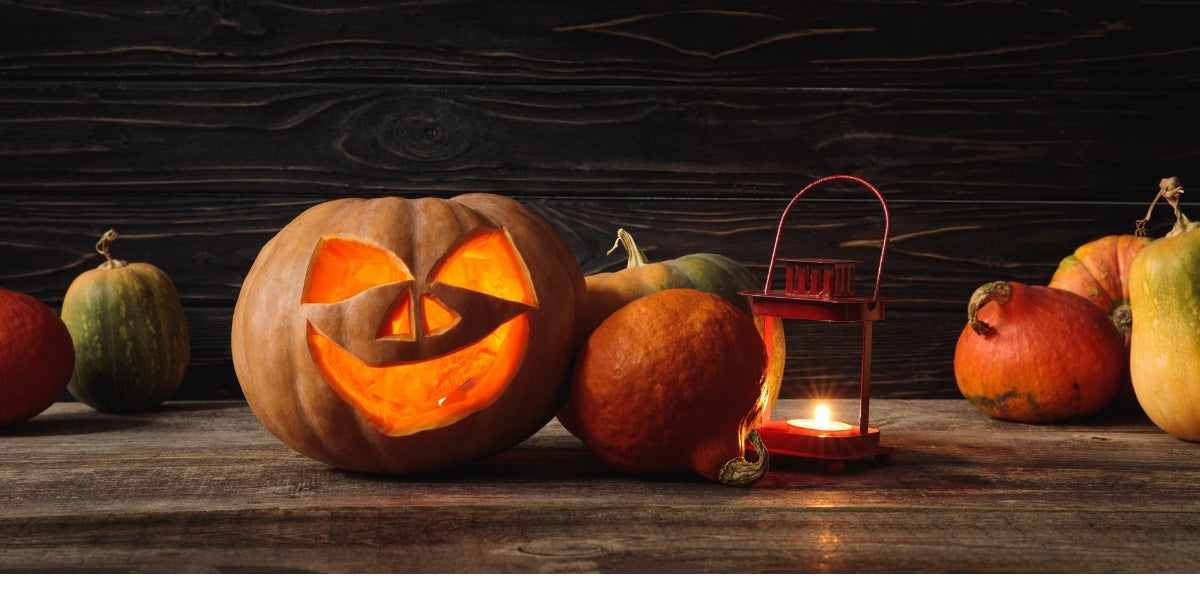
Let’s talk about…Pumpkins!!!
Let’s talk about Pumpkins!
Pumpkins are a type of winter squash that belong to the Cucurbitaceae family, native to North America and particularly popular around Thanksgiving and Halloween.
While commonly viewed as a vegetable, it is scientifically a fruit, as it contains seeds. That said, it’s nutritionally more like vegetables than fruits.
Pumpkins are high in vitamins and minerals while being low in calories. They are also a great source of beta-carotene, a carotenoid that your body converts into vitamin A.
Pumpkins are high in vitamins A and C, which can help boost your immune system. Its supply of vitamin E, iron and folate may strengthen your immunity as well.
Pumpkins’ high vitamin A, lutein and zeaxanthin contents help boost your skin’s defences against UV rays and may protect your eyes against sight loss, which becomes more common with age.
Pumpkins are packed with nutrients and yet have under 50 calories per cup (245 grams). This makes it a nutrient-dense food and a good source of fibre
One cup of cooked pumpkin (245 grams) contains:
- Calories: 49
- Fat: 2 grams
- Protein: 2 grams
- Carbs: 12 grams
- Fibre: 3 grams
- Vitamin A: 245% of the Reference Daily Intake (RDI)
- Vitamin C: 19% of the RDI
- Potassium:16% of the RDI
- Copper: 11% of the RDI
- Manganese: 11% of the RDI
- Vitamin B2: 11% of the RDI
- Vitamin E: 10% of the RDI
- Iron: 8% of the RDI
- Small amounts of magnesium, phosphorus, zinc, folate and several B vitamins.
Pumpkins, once sliced and cut, can be easily roasted, puréed into soup or baked into pies. The seeds are also edible and highly nutritious.
Its sweet flavour makes it a popular ingredient in dishes like custards, pies and pancakes. However, it works just as well in savoury dishes such as roasted vegetables, soups and pastas.
Pumpkins have a very tough skin, so it requires some effort to slice. Once you cut it, scoop out the seeds and any stringy parts, then slice the pumpkin into wedges.
Pumpkin is also available pre-cut or canned, giving you flexibility with your recipes and preparation. When buying canned, be sure to read labels carefully, as not all products will be 100% pumpkin and you may want to avoid added ingredients, particularly sugar.
The easiest way to eat pumpkin is to season it with salt and pepper and roast it in the oven. Many people also enjoy making it into pumpkin soup, especially during winter.
Pumpkin is very healthy and generally safe when eaten in moderation. Make sure to avoid pumpkin-based junk foods, as they are often packed with added sugar.
Pumpkin is very healthy and considered safe for most, however, some people may experience allergies after eating pumpkin.
It’s also considered mildly diuretic, which means eating a lot of pumpkin may induce a “water pill”-like reaction, increasing the amount of water and salt your body expels through urine.
Although pumpkin is healthy, many pumpkin-based junk foods — such as lattés, candies and pie fillings — are loaded with added sugar. They do not offer the same health benefits as consuming the fruit.
